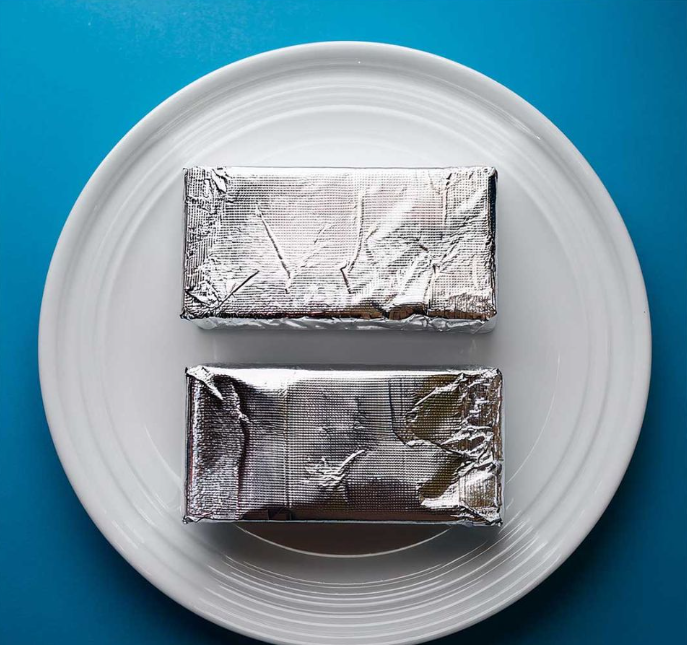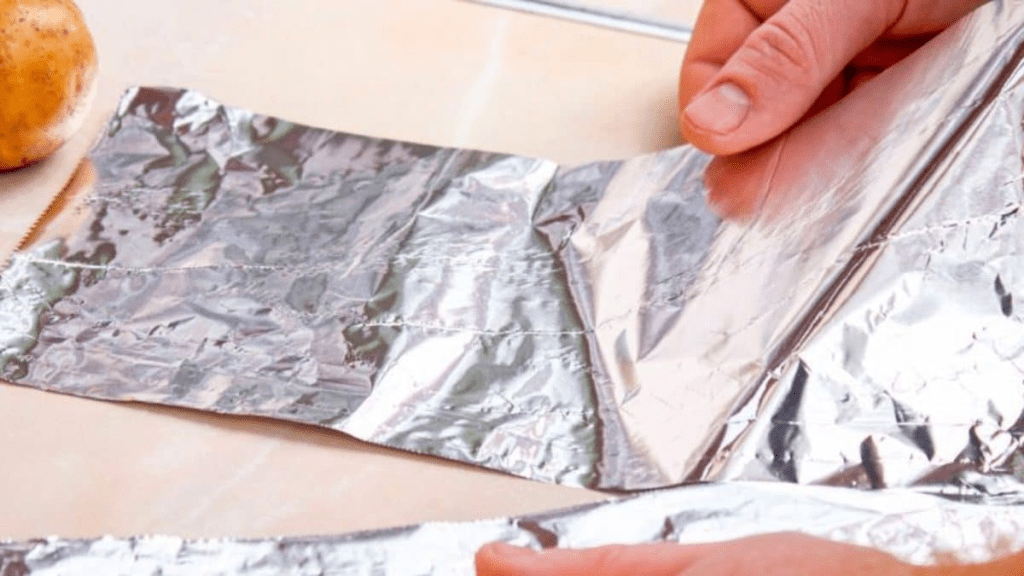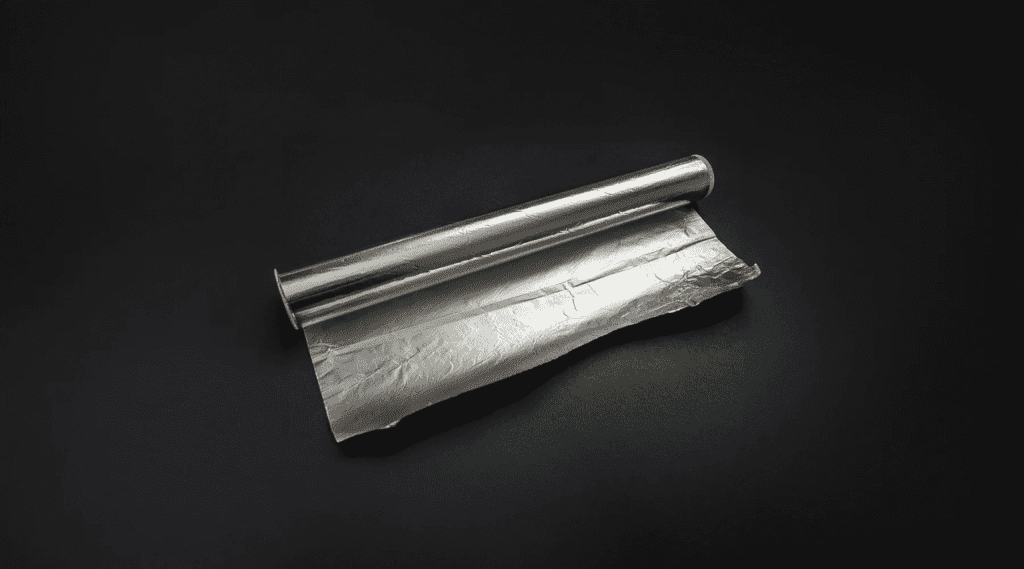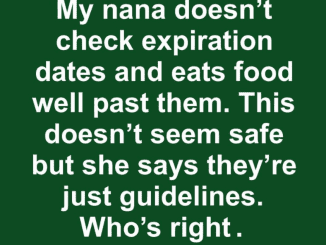Aluminum foil is a kitchen essential, known for its versatility in cooking, baking, and storing food. But have you ever noticed that one side of the foil is shinier than the other? This has led many to wonder if one side of the foil performs differently from the other and if there’s a right or wrong way to use it. Let’s dive deep into the science behind the shiny and dull sides of aluminum foil and explore when you should use each side for the best results.

The Manufacturing Process: Why Aluminum Foil Has Two Different Sides
The reason aluminum foil has a shiny side and a dull side boils down to how it’s manufactured. To make aluminum foil, large slabs of aluminum are repeatedly rolled into thinner sheets through a process called tandem rolling. During the final rolling stage, two layers of aluminum are rolled together to prevent the foil from breaking.
One side of the aluminum foil comes into contact with the polished steel rollers, which gives it a smooth, reflective surface—hence the shiny appearance. The other side, which doesn’t touch the rollers, retains a more matte or dull finish. So, the difference in appearance between the two sides is purely a result of how it’s made, not a design feature with any special function.
Shiny vs. Dull: Does One Side Perform Better Than the Other?
Contrary to popular belief, there’s no significant functional difference between the shiny and dull sides of aluminum foil. Both sides are equally effective at preventing moisture, light, and air from getting into your food. Whether you use the shiny side or the dull side, the foil will perform the same in terms of heat distribution and protection.
However, there’s a small but noteworthy difference: the shiny side reflects heat slightly more than the dull side. This has led to some myths about when to use each side of the foil for cooking. While this difference in heat reflectivity exists, it’s minimal and unlikely to have a dramatic impact on your cooking results.
Best Times to Use the Shiny Side
When it comes to using aluminum foil, some cooks prefer to use the shiny side for specific tasks because of its ability to reflect heat. If you’re cooking in the oven or on the grill and want to keep heat in, you might opt to wrap your food with the shiny side facing out. This can help retain heat and may slightly improve cooking efficiency.
For example, when grilling or broiling, placing the shiny side facing up might reflect heat back into the food, helping it cook more evenly. Similarly, if you’re wrapping food to keep it warm after cooking, using the shiny side outward could help retain heat for a bit longer.
That said, the difference is slight, and many cooks use the shiny side simply because it looks more polished and professional. While the heat reflection is real, the effect is so small that for most cooking tasks, it won’t make a noticeable difference.
When to Use the Dull Side of Aluminum Foil
On the other hand, the dull side of aluminum foil is equally functional. Some people prefer to use the dull side for wrapping food that will be stored in the refrigerator or freezer. Since both sides of the foil block moisture and air, using the dull side is just as effective for preserving food freshness.
The dull side can also be handy when you want to reduce glare in the kitchen. Bright kitchen lights reflecting off the shiny side can be distracting for some, so using the dull side may offer a more visually appealing, non-reflective surface. If you’re baking and covering dishes with foil, this non-reflective surface can help minimize excess light bouncing around the oven.

Debunking Common Myths About Aluminum Foil
Over the years, several myths have emerged about the “correct” way to use aluminum foil. One common misconception is that the shiny side should always face the food for cooking because it reflects more heat. While this is technically true, the difference in heat reflectivity between the two sides is minimal, often less than 10%. This means it doesn’t significantly affect cooking times or food texture.
Another myth is that the shiny side is better for certain tasks, like cooking, while the dull side is meant for storage. In reality, both sides perform equally well for cooking, wrapping, and storing food. The difference is purely aesthetic and does not influence how well the foil works.
Scientific Insights: Does the Shiny Side Really Reflect More Heat?
Several scientific studies have analyzed the heat reflectivity of the shiny and dull sides of aluminum foil. The conclusion? While the shiny side does reflect more heat, the difference is so minor that it won’t drastically change the way your food cooks. The temperature difference is negligible and certainly not enough to worry about which side is facing out.
Professional chefs and material scientists agree that choosing the shiny or dull side of aluminum foil boils down to personal preference rather than any real functional difference.
Practical Tips for Using Aluminum Foil in Your Kitchen

While the debate about shiny vs. dull sides might be fun to ponder, here are some practical tips for getting the most out of aluminum foil in your kitchen:
- For Insulation: If you want to keep food warm for longer, consider wrapping it with the shiny side facing out. This may help reflect heat and maintain temperature, though the effect is minor.
- For Reducing Glare: Use the dull side when you want to reduce reflections from bright kitchen lights, especially when covering trays or dishes for baking.
- For Writing Notes: If you’re labeling your food, the dull side of aluminum foil is easier to write on with a marker, making it more useful for organization.
- For Even Cooking: Whether you’re grilling, roasting, or baking, use either side of the foil—both sides will distribute heat evenly and protect your food from burning or drying out.
Conclusion
Ultimately, the shiny and dull sides of aluminum foil are a result of the manufacturing process, not a design choice meant to dictate how you should use the foil. Both sides offer the same level of protection, heat distribution, and versatility. While the shiny side may reflect a bit more heat, the difference is minor, and you can feel confident using either side based on your personal preferences.
In the end, the best way to use aluminum foil in your kitchen is to focus on what works for you. Whether you choose the shiny or dull side, your meals will turn out just as delicious, and your food will stay fresh and protected. So, next time you reach for that roll of aluminum foil, rest assured that you’re making the right choice—no matter which side you use.


